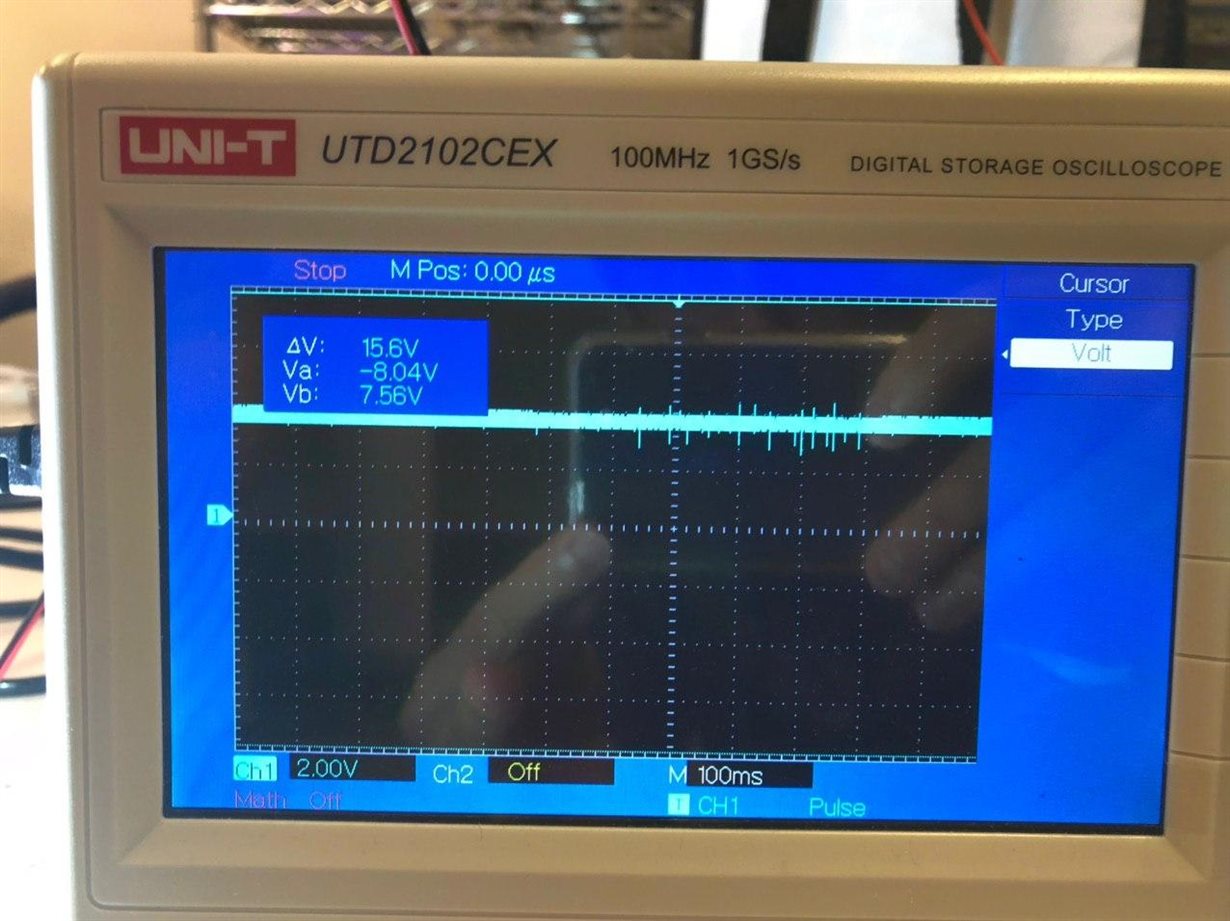Other Parts Discussed in Thread: LM3450
Hello,
I am using the LM3450AEV120V30 development kit and made a small change to make a new prototype. The change is bypassing the second stage, which is a buck LED driver with LM3409HVMY, and making my own second stage with AL8862 on a separate PCB. I managed to connect the first stage to the new second stage with short wires. Note that, I made some adjustment in the dimming signal to make the new second stage compatible with the first stage. I tested my design with different LEDs in different current and voltages and it works fine. So, far I am happy with my changes. :)
Having said that, I tested my prototype in a different place in which the only change is the AC input voltage to the prototype and maybe the noise in the environment. Now, I am seeing the LEDs start to flash (on/off) and it only happens on some of the LEDs not all. I could not find any pattern in which the flashing happens in order to narrow down the issue.
I am not sure if this is the sensitivity of the circuit to the AC input voltage or noise in the environment affecting the wires. I read some articles that it might be due to other appliances specifically other LED drivers drawing pulsating power from the line.
Can you please give me some hint as to why this is happening?
Thank you,
Ali



